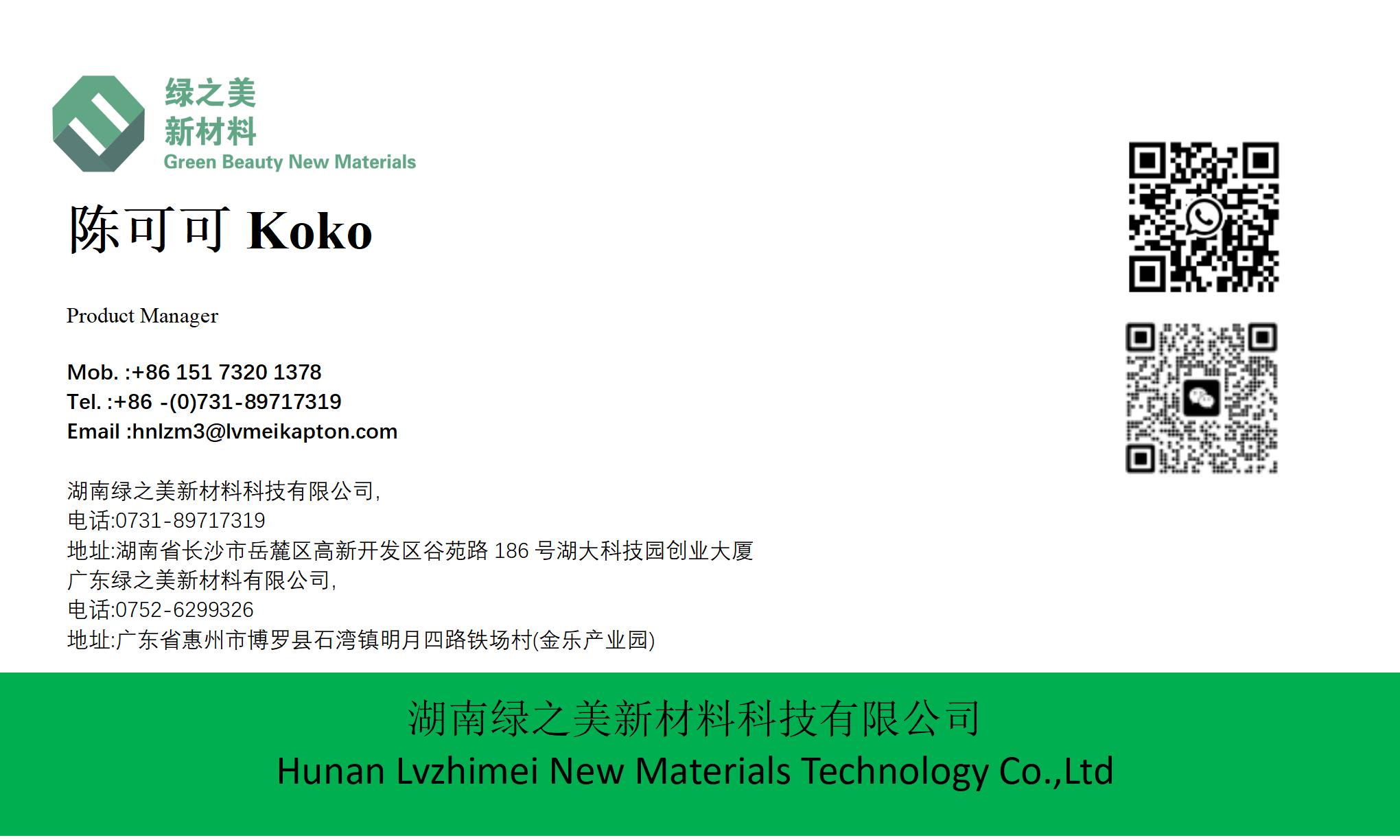



Where PI Tape Fits in the SMT Reflow Soldering Process | https://www.lvmeikapton.com/
In the complex and precise world of Surface Mount Technology (SMT) reflow soldering, polyimide tape (PI tape) plays a crucial role in ensuring the integrity and functionality of electronic components. This article explores where PI tape fits within the SMT reflow soldering process and its significance in enhancing product quality and reliability.
In the complex and precise world of Surface Mount Technology (SMT) reflow soldering, polyimide tape (PI tape) plays a crucial role in ensuring the integrity and functionality of electronic components. This article explores where PI tape fits within the SMT reflow soldering process and its significance in enhancing product quality and reliability.
PI tape is primarily used in the protection of sensitive components, particularly gold finger electronics, during the reflow soldering process. Gold fingers are critical contact points that facilitate electrical connections, and their protection is essential to prevent damage from solder splashes, flux residue, and other contaminants. PI tape is applied to these areas before the soldering process to create a barrier that shields the gold fingers from the high temperatures and chemicals involved.
The application of PI tape occurs early in the SMT assembly process, typically after the components have been placed on the printed circuit board (PCB) but before the reflow soldering step. This strategic placement ensures that the tape is in position to provide maximum protection during the soldering process. The tape is carefully applied to cover the gold fingers and any other areas that require protection, ensuring a tight seal without any gaps or overlaps.
During the reflow process, the PCB is subjected to high temperatures, which melt the solder and create strong electrical connections between the components and the board. PI tape's exceptional thermal resistance allows it to withstand these temperatures without degrading or affecting the components it is protecting. This ensures that the gold fingers remain pristine and functional after the soldering process is complete.
After the reflow process, the PI tape is carefully removed, revealing the protected components. The tape's adhesive properties ensure that it can be removed without leaving any residue or damaging the components. This step is critical as any residual adhesive or damage can affect the performance and reliability of the electronic device.
PI tape also plays a role in preventing solder bridging and other defects that can occur during the reflow process. By covering areas that should not be soldered, PI tape helps to ensure that the solder only adheres to the intended locations, reducing the need for rework and improving overall product quality.
In addition to its protective functions, PI tape can also be used for masking and insulating other components on the PCB. Its versatility makes it a valuable tool in various stages of the SMT assembly process, contributing to the overall efficiency and reliability of the production line.
In conclusion, PI tape fits into the SMT reflow soldering process as a critical protective material for sensitive components, particularly gold finger electronics. By understanding where and how to use PI tape effectively, manufacturers can enhance product quality, reduce rework, and ensure the reliability of their electronic devices. | https://www.lvmeikapton.com/





